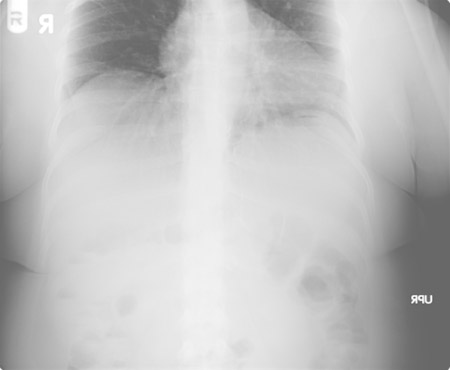Resumen
Details
- Types of surgical procedures
- Assessing and preparing patients for surgery
- Expected weight loss
- Gastric bypass: description
- Gastric bypass: early complications
- Gastric bypass: late complications
- Sleeve gastrectomy: description
- Sleeve gastrectomy: complications
- Gastric band: description
- Gastric band: early complications
- Gastric band: late complications
- Biliopancreatic diversion (BPD) with or without duodenal switch: description
- Biliopancreatic diversion (BPD) with or without duodenal switch: complications
- Metabolic and nutritional complications
- Bone and mineral metabolism
- Bariatric surgery and pregnancy
- Weight loss failure or weight regain following bariatric surgery
- Abdominal pain following bariatric surgery
- Nausea and vomiting following bariatric surgery
Contributors
Authors
John Morton, MD, MPH, MHA, FACS, FASMBS, DABOM, AGAF
Professor and Vice-Chair
Division Chief, Bariatric and Minimally Invasive Surgery
Yale School of Medicine
New Haven
CT
Disclosures
JM is a consultant for Olympus, Ethicon, and Novo Nordisk.
Acknowledgements
Professor John Morton would like to gratefully acknowledge Dr Abeezar Sarela, Dr Fatima Cody Stanford, and Dr Daniel M. Herron, previous contributors to this topic.
Disclosures
AS has no competing interests. DMH has received educational grants from Ethicon Endosurgery and Covidien. DMH has acted as consultant for USGI Medical, Virtual Incision, and Hourglass Technology. FCS is the author of an article cited in the topic. FCS has served as an advisor to GoodRx, Calibrate, and Novo Nordisk. She has received research support from Amazon.
Peer reviewers
David Arterburn, MD
Assistant Investigator
Group Health Center for Health Studies
Seattle
WA
Disclosures
DA declares that he has no competing interests.
Evangelos Efthimiou, MBBS, MRCS
Consultant in Bariatric and General Surgery
Chelsea and Westminster Hospital
London
UK
Disclosures
EE has been sponsored by Ethicon UK in a fellowship grant and has received sponsorship to attend conferences. EE has received speaking fees from Nestle UK.
Dara P. Schuster, MD, FACE
Associate Professor
Internal Medicine and Pediatrics
Associate Medical Director
Chronic Disease Management
Ohio State University Hospitals
Columbus
OH
Disclosures
DPS declares that she has no competing interests.
Hutan Ashrafian, MBBS, MRCS
Clinical Lecturer in Surgery
Imperial College London
London
UK
Disclosures
HA declares that he has no competing interests.
Peer reviewer acknowledgements
BMJ Best Practice topics are updated on a rolling basis in line with developments in evidence and guidance. The peer reviewers listed here have reviewed the content at least once during the history of the topic.
Disclosures
Peer reviewer affiliations and disclosures pertain to the time of the review.
References
Key articles
National Institute for Health and Care Excellence. Overweight and obesity management. Jan 2025 [internet publication].Full text
Eisenberg D, Shikora SA, Aarts E, et al. 2022 American Society of Metabolic and Bariatric Surgery (ASMBS) and International Federation for the Surgery of Obesity and Metabolic Disorders (IFSO) indications for metabolic and bariatric surgery. Obes Surg. 2023 Jan;33(1):3-14.Full text Abstract
Di Lorenzo N, Antoniou SA, Batterham RL, et al. Clinical practice guidelines of the European Association for Endoscopic Surgery (EAES) on bariatric surgery: update 2020 endorsed by IFSO-EC, EASO and ESPCOP. Surg Endosc. 2020 Jun;34(6):2332-58.Full text Abstract
Parrott J, Frank L, Rabena R, et al. American Society for Metabolic and Bariatric Surgery integrated health nutritional guidelines for the surgical weight loss patient 2016 update: micronutrients. Surg Obes Relat Dis. 2017 May;13(5):727-41. Abstract
Reference articles
A full list of sources referenced in this topic is available to users with access to all of BMJ Best Practice.

Patient information
Obesity - drugs and surgery
Weight problems in children
More Patient informationLog in or subscribe to access all of BMJ Best Practice
Use of this content is subject to our disclaimer